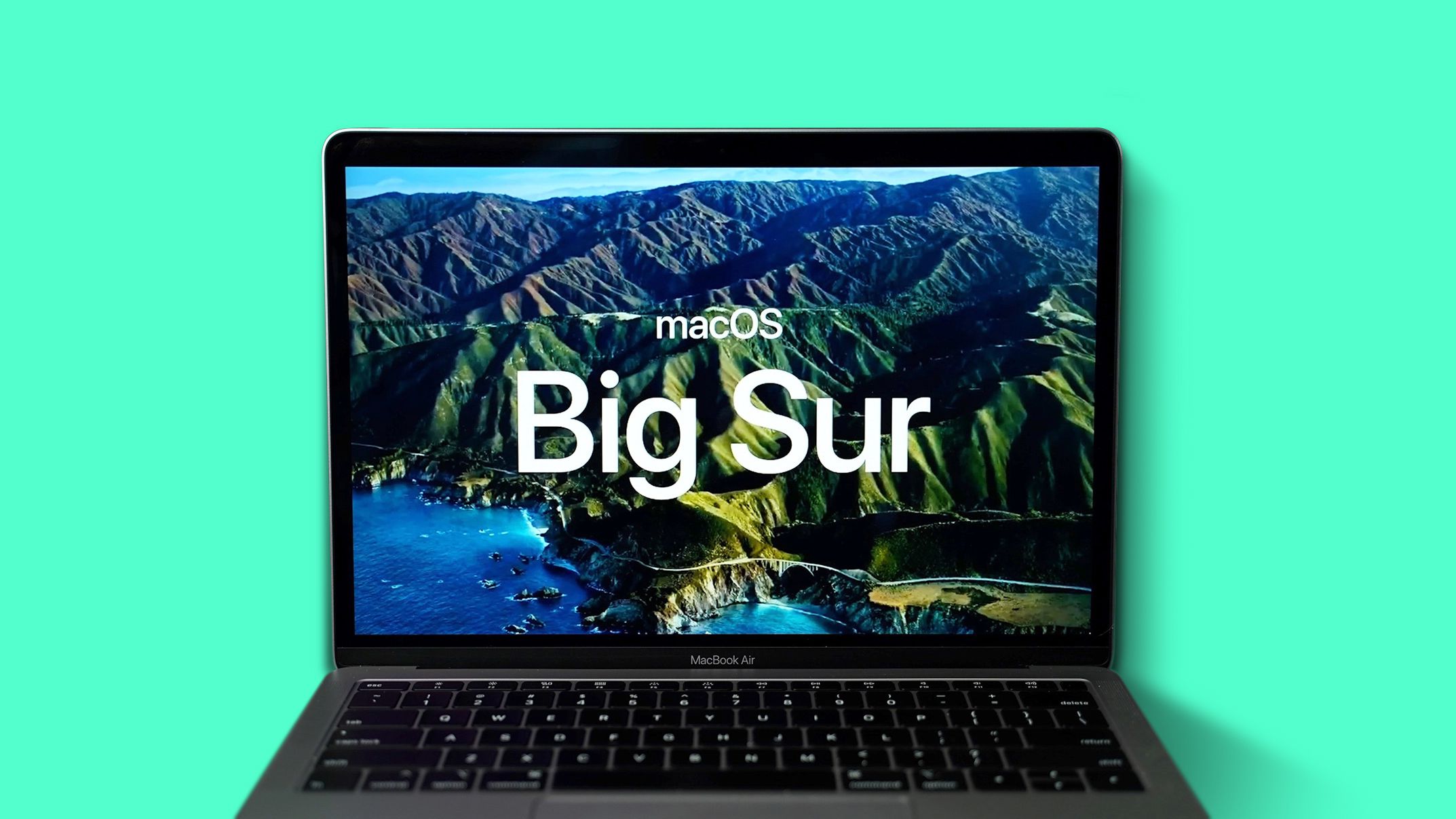Paper House Mac OS
Wi-Fi problems on Mac & How to troubleshoot them
Wi-Fi connection — it is central to intelligent life on Earth. But there could be numerous reasons your Mac won’t connect to Wi-Fi: a new software update, broken Wi-Fi preferences, or several networks conflicting with each other. Below we’ll explain what to do when you can’t connect to Wi-Fi, or your connection is constantly dropping off.
Starting up the new division of the OS X - the paper edition. It's an animation.Critics claim the new Mac OS X Paper to be extremely unfriendly to the enviro. It is a very easy and quick way to make a paper house. This paper craft is really very fun. To make this paper house you need 3 sheets of A4.
So here go the most common symptoms for Wi-Fi problems on Mac:
- Mac won’t connect to the internet, but other devices will
- Mac connected to Wi-Fi, but no Internet access
- Wi-Fi connection keeps turning off
- Slow or unstable Wi-Fi connection on Mac?
Tip
In case your Mac is generally slow, which obviously affects the Internet, you may start with fixing the performance issues first. The quickest is to delete junk and old caches from your drive and browsers. Here you can download the free version of the CleanMyMac X app. It helps to remove unwanted files, bloatware, and junky web browser extensions. In a few minutes, your Mac should be relatively fresh.
See if your Mac keeps having Wi-Fi connection issues. If it does, read on.
Ways to fix Wi-Fi on Mac
Run Wireless Diagnostics

To troubleshoot Wi-Fi problems on Mac, it’s good to start with native tools that came with your OS.
Paper House Mac Os X
- Option +click the Wi-Fi icon in the top right corner.
- Click Open Wireless Diagnostics…
Reset Wi-Fi network settings
This step will reconfigure your existing Wi-Fi settings and launch your network experience from scratch. But before you begin, we seriously recommend backing your Mac up using Time Machine.
- Turn off Wi-Fi and close shut down your browsers
- Open Finder -> Go -> Go to Folder...
- Paste in the following line:
/Library/Preferences/SystemConfiguration/
4. Select the files listed below (as shown in the screenshot)
- preferences.plist
- com.apple.wifi.message-tracer.plist
- com.apple.network.eapolclient.configuration.plist
- com.apple.airport.preferences.plist
- NetworkInterfaces.plist
5. Move these files to a new folder on your Desktop.
6. Restart your Mac
Now you will have to revisit Wi-Fi preferences (Click Open Network Preferences under Wi-Fi icon). Turn Wi-Fi on and select your Wi-Fi network again.
The path above proved to be a good remedy when the Wi-Fi connection drops off after upgrading to the latest macOS. If the issue persists, you may consider clean installing macOS Catalina.
Wi-Fi won't turn on after sleep mode on Mac
In some cases, sleep mode settings are why your Wi-Fi drops off on Mac and wouldn’t turn on again. Try this simple fix which many users found helpful:
- Go to System Preferences -> Battery -> Power Adapter.
- Disable the 'Wake for network access's option.
Check your Wi-Fi now (cross your fingers). Did it do the trick? If not, let’s move on to the next step.
Flush DNS cache
Another way to fix Mac Wi-Fi not working is to flush your DNS cache. DNS service helps your Mac find IP-addresses, much like in a phone book. It has a cache folder of its own. Removing these cache files is helpful when your Wi-Fi slows down at random, or you can’t access certain websites.
To save you from meddling with critical system folders, here’s a quick workaround.

1. Download DNS Flusher (it’s built into CleanMyMac X — get it here).
2. Go to the Maintenance tab and tick Flush DNS cache.
That’s all — and this solution is 100% free and takes no more than a minute.
By the way, CleanMyMac X is pretty much an indispensable tool if you want to keep your Mac clean and junk-free. It removes up to 74 GB of junk files on an average Mac, giving it a spin, just in case.
Reboot your Wi-Fi router
Plug off your router and leave it for a minute or two. This way you will know if your Mac won’t connect to Wi-Fi because of router issues. Plug your router back in and try to connect other Wi-Fi devices in the room.
Additionally, try placing your router in a different place. Your Wi-Fi signal could be lost due to a neighboring network or it is catching a “dead-zone” in your house. If your room allows it, move it right in the center of the room. Fewer barriers, the better signal.
Paper House Mac Os Download
Still no Wi-Fi connection on Mac? Switch off the Bluetooth
Bluetooth devices often interfere with Wi-Fi, especially if the Wi-Fi signal is weak. It’s because both rely on radio frequencies to work. So one more idea to fix your Wi-Fi not working on Mac problem is to inspect the Bluetooth settings.
Try disconnecting the Bluetooth and see if the problem persists.
- Go to the Apple menu -> System Preferences.
- Select Bluetooth.
- Then click Turn Bluetooth off.
Update your router firmware
If you are using an Apple Airport router, you’ll need Airport Utility to perform the update. Obviously, this step requires an internet connection. You can connect via cable if your Wi-Fi doesn’t work on Mac.
- Go to Applications.
- Type Airport Utility in the search bar.
You’ll see your Airport base station. If you see a red notification badge next to the base name, click it for more details. If the update is available, the app will show you the Update button.
Customize MTU and DNS settings to fix Wi-Fi on Mac
MTU stands for Maximum Transmission Unit and describes the packet size exchanged via the network (measured in bytes). The solution described below implies lowering MTU size, which should make your WI-Fi connection less laggy. While customizing DNS location has also proved effective in solving even the most bitter Wi-Fi problems on Mac.
But don’t let these geeky terms put you off. The path takes just about a minute, and you’ll be proud to have fixed your Mac Wi-Fi not working, the Apple Genius way.
Step 1.
Go to System Preferences -> Network.
Select Wi-Fi in the left panel.
See the Location menu on the top.
Click Edit Locations…
Step 2.
Now create a new location by clicking the [+] plus button. Name it anything you like. Click Done.
Paper House Mac Os Pro
Step 3.
Then choose your standard Wi-Fi connection under Network Name
Click Advanced
Go to TCP/IP tab and click Renew DHCP lease.
Step 4.
Go to the DNS tab, and by clicking [+] buttons, enter 8.8.8.8 and 8.8.4.4 as IP-addresses, each in a separate line. These two are Google’s alternative DNS servers that the company recommends using — they are safe. But before you do this, make sure to copy your current DNS address on a piece of paper.
Step 5.
Go to a Hardware tab from the previous step.
Under Configure dropdown menu, select Manually.
Click MTU and set the custom size of 1453.
Click OK.
Well done. Your Mac Wi-Fi not working should have been resolved.
Still no or poor Wi-FI Connection on Mac?
Maybe all this time, you’ve been digging in the wrong place as the problem is in your Mac itself. It might need some basic tidying up and maintenance to run faster. Try giving it a full clean with a tool like CleanMyMac X (it's my favorite among similar Mac tune-up apps — here's the official free download from the developer site). Hopefully, once your Mac is clean, and up to speed again, your Wi-Fi should get back to the norm.
May the Wi-Fi be with you. Thanks for reading.